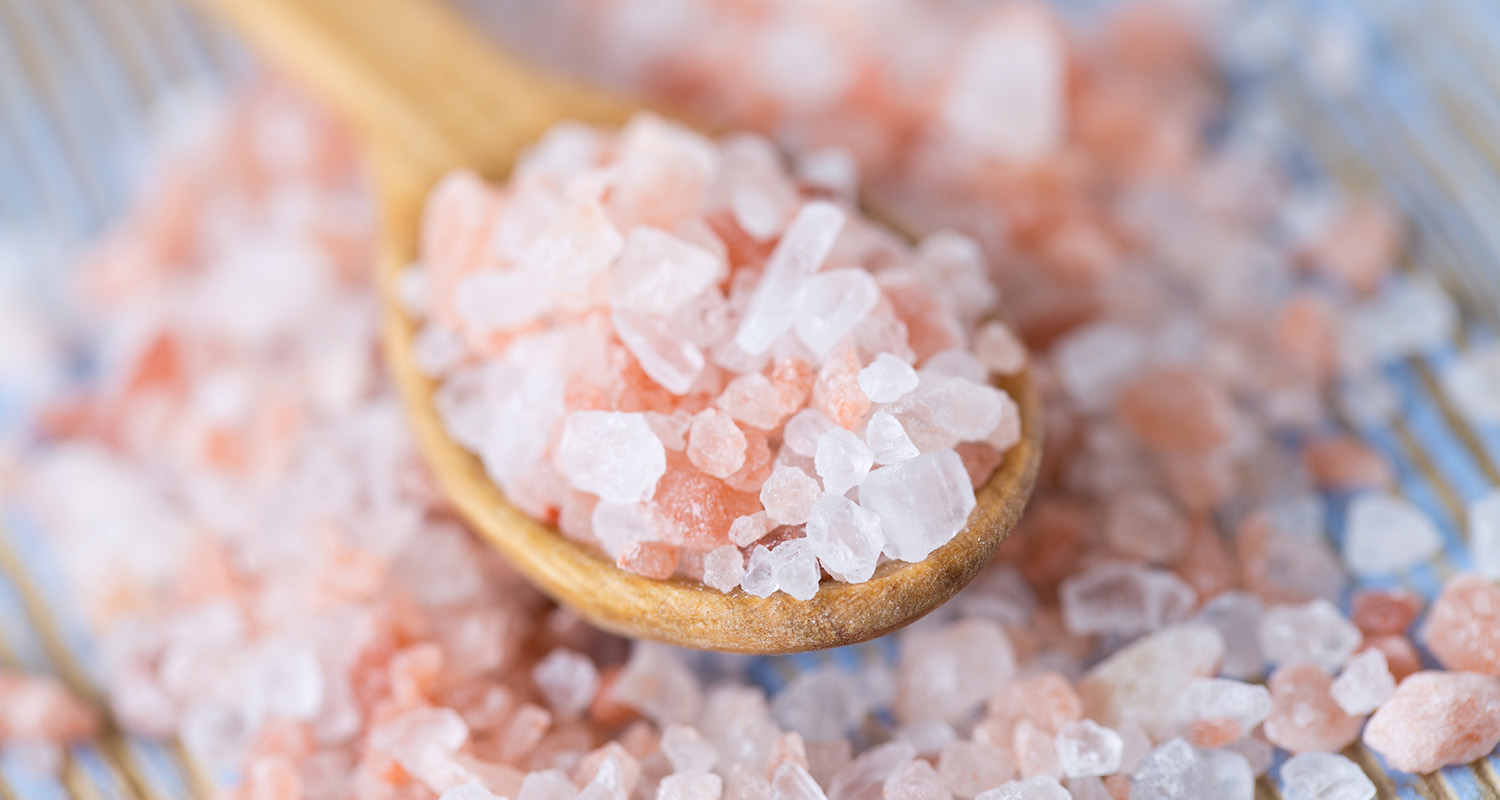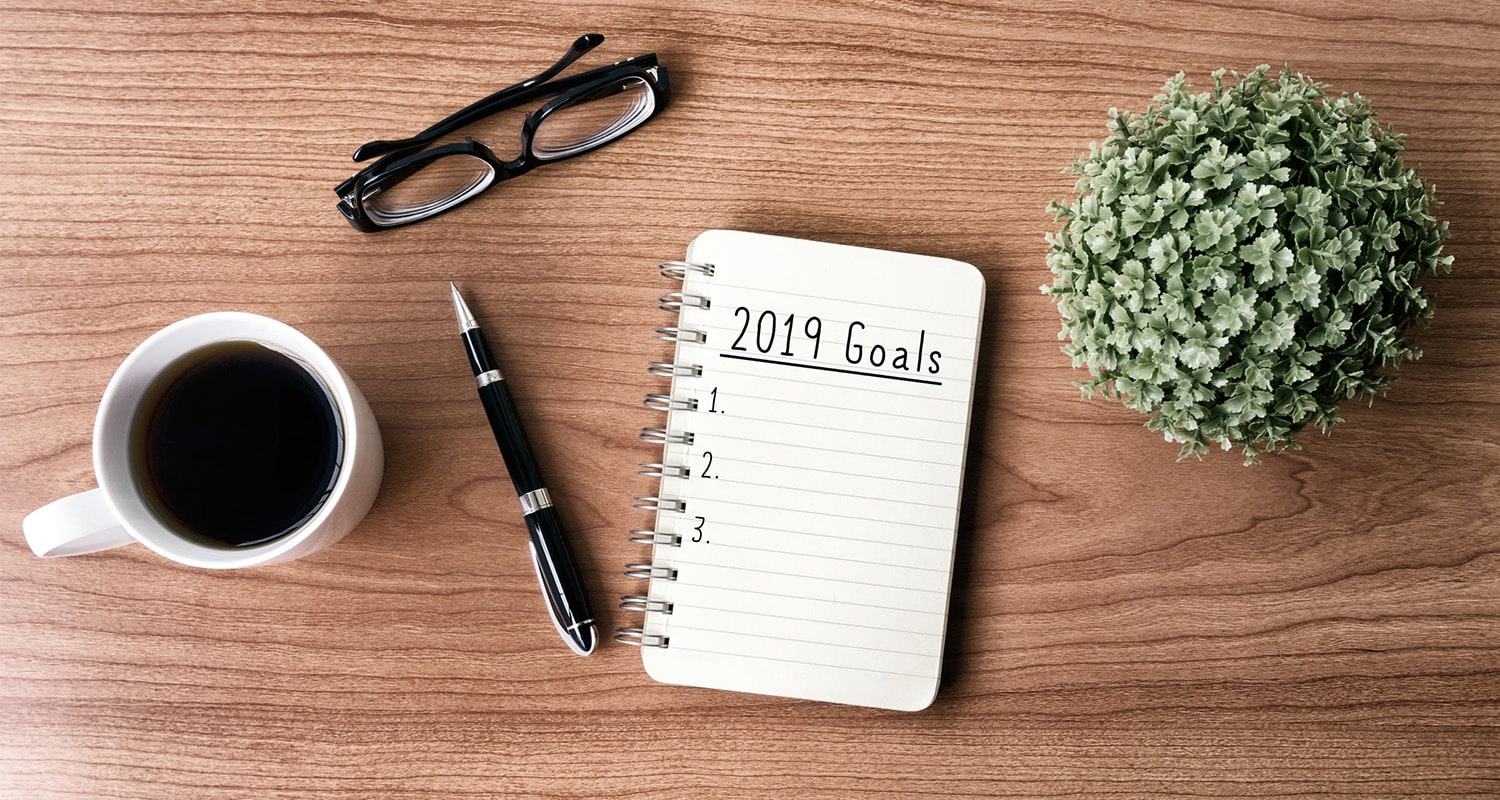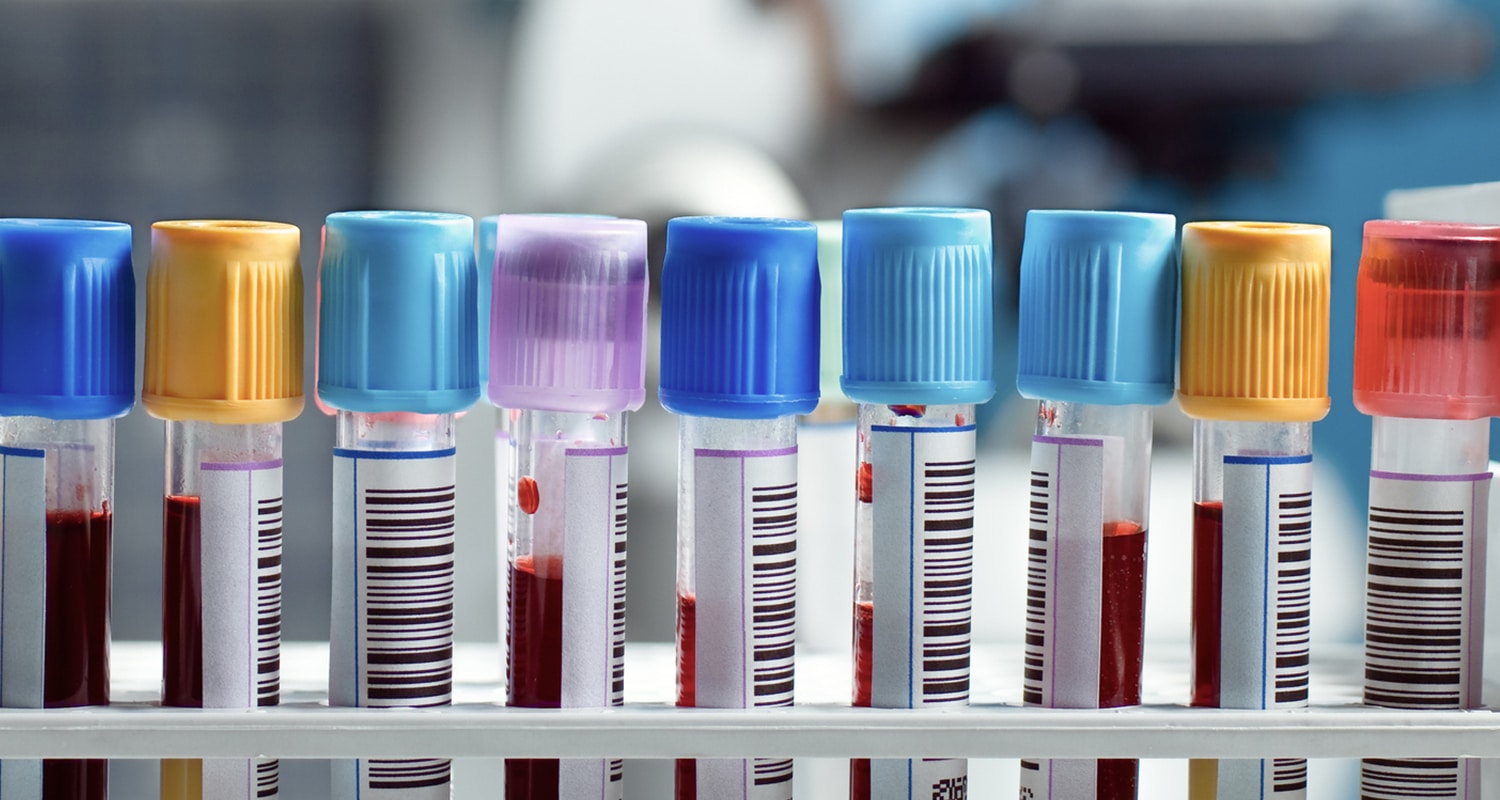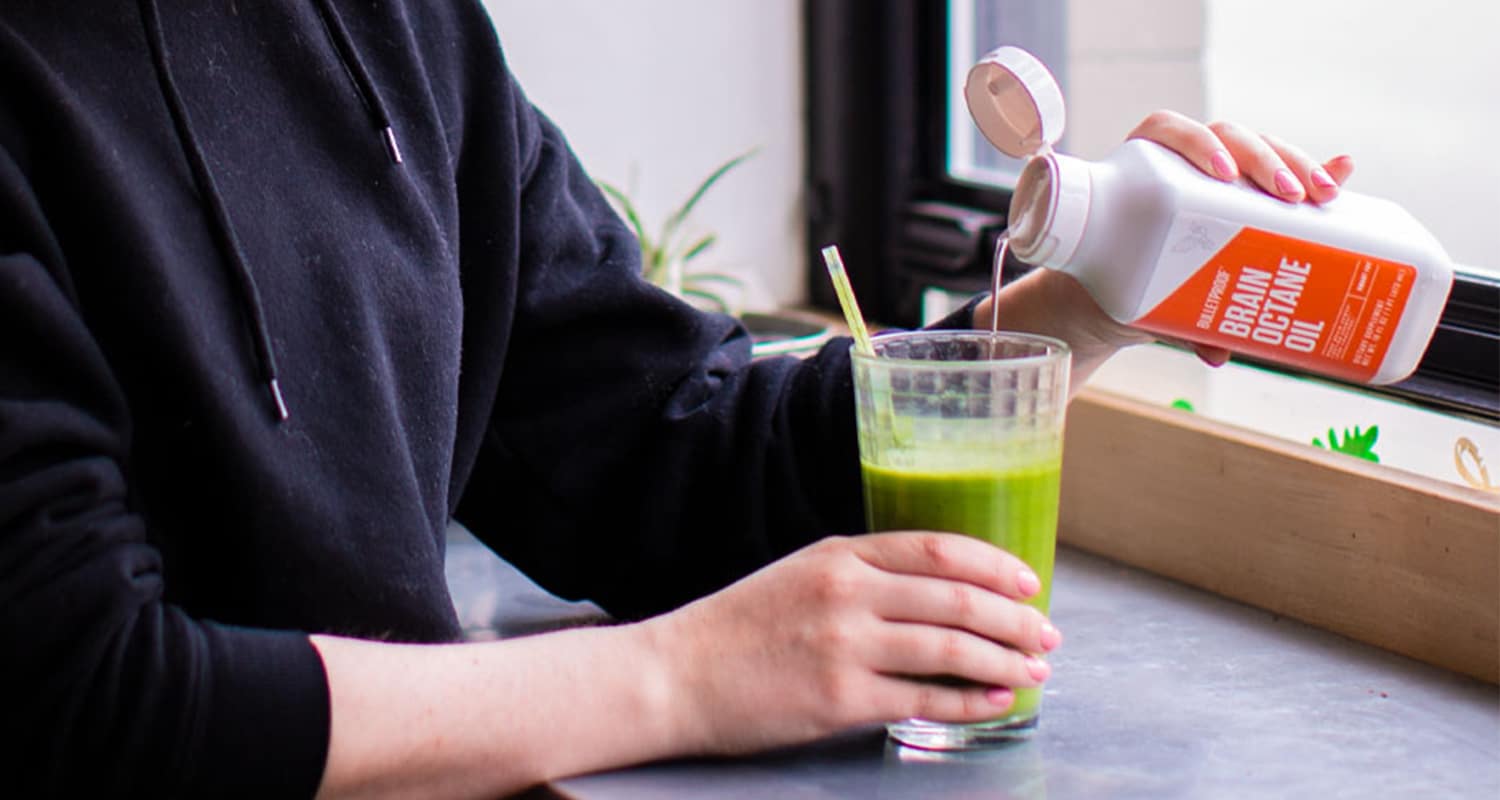What a difference two centuries makes. In 1800, the average lifespan was barely longer than 30 years, and in 2019, it was almost 80. Researchers at the University of Rochester discovered sirtuin 6 – otherwise known as ‘the longevity gene’– and with female life expectancy already nearing 90 years in East Asia, it seems our future selves may be getting even more years.
There are various health products and healing practices that we can use to “slow down” aging or make the aging process less painful. Quantum energy and quantum energy-charged products, such as those developed by Leela Quantum Tech, are examples of things that can restore vitality and make you feel more energized and in tune with yourself.
Progress in longevity does not appear to be slowing. However, as humans become better at living longer lives, the question arises how long humans can live.. What are we going to do with the extra time?
Chronological Age vs. Biological Age
Aging is an inevitable part of human life. We all age differently, but one thing remains constant—we all experience chronological aging, which is the amount of time that has passed since birth (our age). Biological aging, on the other hand, is determined by lifestyle choices such as diet, exercise habits, stress levels, quality of sleep, and exposure to environmental toxins. Dr. Morgan Levine, in her book True Age, defined that our biological age doesn’t refer to how many birthdays you’ve had, but to the state of decline or divergence that your body has undergone.
The difference between chronological age and biological age can be significant—some people look much older than their actual age, while others look younger than their years suggest.
The good news is that there are certain health products and practices we can adopt to “slow down” aging. Quantum energy and products charged with quantum energy, like those sold by LeelaQ, can restore vitality and make you feel more invigorated and in tune with yourself. One common thing people report is that they feel and look more vibrant with the use of these quantum energy tools and supportive frequencies.
Travel & Car Bloc by Leela Quantum Tech
What Does Quantum Energy Do?
Quantum energy helps promote optimal wellness by restoring balance in your body’s energy systems. When these systems become out of balance due to physical or emotional stressors (like toxins, illness or trauma), our bodies can deplete vital energy reserves that help us stay healthy as we age. By restoring balance to these systems using quantum energy products from LeelaQ, users report feeling more energized throughout their day-to-day lives! Along with improved physical well-being comes mental clarity; many users report feeling better equipped to manage stressful situations after using quantum energy products from LeelaQ.
So if you’re looking for ways to slow down the effects of aging without relying on expensive treatments or harsh chemicals, consider giving quantum energy a try! With regular use of these unique products from LeelaQ, you add another layer on your way toward living a long and healthy life full of vitality!
Longevity is something most people strive for in life; however, it can be challenging to achieve without taking proactive measures. Luckily for us, modern science has made it possible for us to extend our lifespans through lifestyle changes like proper nutrition and exercise combined with innovative health products like those offered by LeelaQ. By combining these elements together into an effective wellness plan tailored specifically to your individual needs, you can increase your chances of living a long life full of vitality! So don’t wait any longer – take charge of your well-being today!
How To Slow Down the Aging Process?
A fundamental question for people who want to live longer is how to slow down aging. Or, more specifically, how to keep your biological age from exceeding your chronological age. It would be nice if there was a biochemical intervention to slow down aging, such as a magic pill, but research shows that the best way to slow down aging is to take better care of yourself.
Things to focus on include:
- Lowering your stress level
- Getting enough quality sleep
- No smoking
- No alcohol
- Maintaining proper hydration
- Exercise Smarter Not Harder
As previously stated, quantum energy healing can help to slow the aging process due to its revitalizing, nourishing, and balancing effects on our biofields and bodies. You can become more resistant to stress and naturally improve your energy levels by maximizing your potential energetically.
Infinity Bloc by Leela Quantum Tech
The Leela Infinity Bloc, a device for charging any item with pure and dynamic quantum energy, has helped a man in his 70s regain power in his five senses. He noticed his eyesight improving and his sense of smell becoming stronger than it had been in years after a few weeks of using the Infinity Bloc.
By using these products earlier in life, you can begin to protect yourself against the negative impacts of toxins that are in our air, water, and food, causing our bodies to degrade.
Pure quantum energy can make you feel more invigorated, less stressed, and more in control of your body. Stress is a known element in aging, and many people still struggle to manage it. By leveraging it, you can help yourself master stress and feel more at ease, ultimately contributing to a longer life span.
I’ve been using Leela Quantum Tech products for quite some time now. I don’t know exactly how they work, but they work for me and other people I know, and the studies clearly support that. Explore LeelaQ products with 10% Off using the code “DAVE10.” Check their website at leelaq.com
Human aging is a complex and ever-changing topic of study. Scientists are still looking for strategies to not just extend human life but also to understand the underlying causes of aging. While we still have a lot to learn about this process and the nature of the human lifespan, we’ve come a long way already. Who knows what we can achieve with advances in quantum energy?


 If you have trouble falling asleep or wake up a lot during the night, exercise can help. People with mild to moderate insomnia saw these benefits when they began to exercise regularly:[ref url=”https://www.ncbi.nlm.nih.gov/pmc/articles/PMC3216244/”][ref url=”https://www.ncbi.nlm.nih.gov/pmc/articles/PMC2883039/”]
If you have trouble falling asleep or wake up a lot during the night, exercise can help. People with mild to moderate insomnia saw these benefits when they began to exercise regularly:[ref url=”https://www.ncbi.nlm.nih.gov/pmc/articles/PMC3216244/”][ref url=”https://www.ncbi.nlm.nih.gov/pmc/articles/PMC2883039/”] Exercise can also help with anxiety- and stress-related insomnia. If you find your mind races at night, or you’ve been working all day and you can’t seem to get your body out of fight-or-flight mode, exercise can make a big difference.
Exercise can also help with anxiety- and stress-related insomnia. If you find your mind races at night, or you’ve been working all day and you can’t seem to get your body out of fight-or-flight mode, exercise can make a big difference. When it comes to sleep? Not really. Moving your body in any way seems to improve sleep, whether it’s heavy lifting,[ref url=”https://www.ncbi.nlm.nih.gov/pubmed/25426516″] cardio,[ref url=”https://www.ncbi.nlm.nih.gov/pmc/articles/PMC2992829/?tool=pubmed”] or yoga.[ref url=”https://www.ncbi.nlm.nih.gov/pubmed/22517349″]
When it comes to sleep? Not really. Moving your body in any way seems to improve sleep, whether it’s heavy lifting,[ref url=”https://www.ncbi.nlm.nih.gov/pubmed/25426516″] cardio,[ref url=”https://www.ncbi.nlm.nih.gov/pmc/articles/PMC2992829/?tool=pubmed”] or yoga.[ref url=”https://www.ncbi.nlm.nih.gov/pubmed/22517349″]
 You may have heard that working out before bed keeps you from falling asleep. Exercise increases your body temperature and invigorates you, so it seems logical that a late-night workout might make it harder to wind down. Anecdotal evidence suggests that some people have a tougher time falling asleep after a vigorous sweat session before bed. If this is you, don’t do it.
You may have heard that working out before bed keeps you from falling asleep. Exercise increases your body temperature and invigorates you, so it seems logical that a late-night workout might make it harder to wind down. Anecdotal evidence suggests that some people have a tougher time falling asleep after a vigorous sweat session before bed. If this is you, don’t do it. The keto flu, aka carb withdrawal, generally kicks in at the 24- to 48-hour mark. Symptoms typically last from a few days to two weeks, and up to a month at most. Whether you experience its symptoms – and to what extent – depends upon your metabolic flexibility, meaning your ability to adapt to different fuel sources (
The keto flu, aka carb withdrawal, generally kicks in at the 24- to 48-hour mark. Symptoms typically last from a few days to two weeks, and up to a month at most. Whether you experience its symptoms – and to what extent – depends upon your metabolic flexibility, meaning your ability to adapt to different fuel sources ( Take heart: if you’re experiencing any discomfort, there are things you can do to minimize your unease and conquer the keto flu. Elevated energy and optimal performance are just on the other side of those symptoms. You got this.
Take heart: if you’re experiencing any discomfort, there are things you can do to minimize your unease and conquer the keto flu. Elevated energy and optimal performance are just on the other side of those symptoms. You got this. 









 When you understand that every cell in your body has a receptor for natural hormones and that your own hormones impact every system, it isn’t hard to see how synthetic hormones found in birth control can impact every single system in your body. And this is why PBCS can present in different ways for women. Some of the symptoms of PBCS include:
When you understand that every cell in your body has a receptor for natural hormones and that your own hormones impact every system, it isn’t hard to see how synthetic hormones found in birth control can impact every single system in your body. And this is why PBCS can present in different ways for women. Some of the symptoms of PBCS include: Clinically I have found that women do not heal from the effects of birth control without taking the necessary steps to support their body in the process.
Clinically I have found that women do not heal from the effects of birth control without taking the necessary steps to support their body in the process. It is well recognized that hormonal birth control leads to nutrient deficiencies. This information exists in drug handbooks, dietician’s core curriculum, and numerous research studies. The oral contraceptive pill specifically is well recognized to cause deficiencies in folate, B2, B6, B12, vitamin C and vitamin E, as well as minerals such as magnesium, selenium and zinc. In addition, hormonal birth control (including transdermal and vaginal) has been shown to deplete crucial antioxidants like CoQ10, vitamin E and total antioxidant capacity. Hello, mitochondrial health!
It is well recognized that hormonal birth control leads to nutrient deficiencies. This information exists in drug handbooks, dietician’s core curriculum, and numerous research studies. The oral contraceptive pill specifically is well recognized to cause deficiencies in folate, B2, B6, B12, vitamin C and vitamin E, as well as minerals such as magnesium, selenium and zinc. In addition, hormonal birth control (including transdermal and vaginal) has been shown to deplete crucial antioxidants like CoQ10, vitamin E and total antioxidant capacity. Hello, mitochondrial health! Hormonal birth control impacts our ovaries, brain, thymus, pancreas, thyroid, and adrenal glands, which are all pretty much how we make hormones. Is it any wonder that we can end up with HPA dysregulation, thyroid imbalances, period problems, immune dysfunction, or blood sugar dysregulation on birth control or coming off?
Hormonal birth control impacts our ovaries, brain, thymus, pancreas, thyroid, and adrenal glands, which are all pretty much how we make hormones. Is it any wonder that we can end up with HPA dysregulation, thyroid imbalances, period problems, immune dysfunction, or blood sugar dysregulation on birth control or coming off? Hormonal contraceptives have been shown to lead to leaky gut (intestinal hyperpermeability), dysbiosis and increase the risk of developing inflammatory bowel disease. It may come as a surprise, but if you want to heal your hormones then you must heal your gut! Those critters in your gut can lead to estrogen dominance just by making too much of an enzyme known as beta glucuronidase, which puts estrogen back into circulation.
Hormonal contraceptives have been shown to lead to leaky gut (intestinal hyperpermeability), dysbiosis and increase the risk of developing inflammatory bowel disease. It may come as a surprise, but if you want to heal your hormones then you must heal your gut! Those critters in your gut can lead to estrogen dominance just by making too much of an enzyme known as beta glucuronidase, which puts estrogen back into circulation. No, you don’t need to force your body to detox synthetic hormones. Your body detoxes daily on its own, but when it has had crucial nutrient depletions caused by birth control this can be a bit more of a struggle. In addition, the impact of birth control on your gut may impair the elimination of excess hormones. Not to mention that hormonal birth control alters your liver at the genetic and structural level.
No, you don’t need to force your body to detox synthetic hormones. Your body detoxes daily on its own, but when it has had crucial nutrient depletions caused by birth control this can be a bit more of a struggle. In addition, the impact of birth control on your gut may impair the elimination of excess hormones. Not to mention that hormonal birth control alters your liver at the genetic and structural level. Birth control creates what I call Metabolic Mayhem in our bodies. It is inflammatory, leads to insulin resistance, blood sugar dysregulation, and can lead to high cholesterol, high blood pressure, and increased risk of cardiovascular events. If you’re on birth control, you definitely need to address this now and as you transition off, you’ll have some work to do to reverse metabolic mayhem.
Birth control creates what I call Metabolic Mayhem in our bodies. It is inflammatory, leads to insulin resistance, blood sugar dysregulation, and can lead to high cholesterol, high blood pressure, and increased risk of cardiovascular events. If you’re on birth control, you definitely need to address this now and as you transition off, you’ll have some work to do to reverse metabolic mayhem.